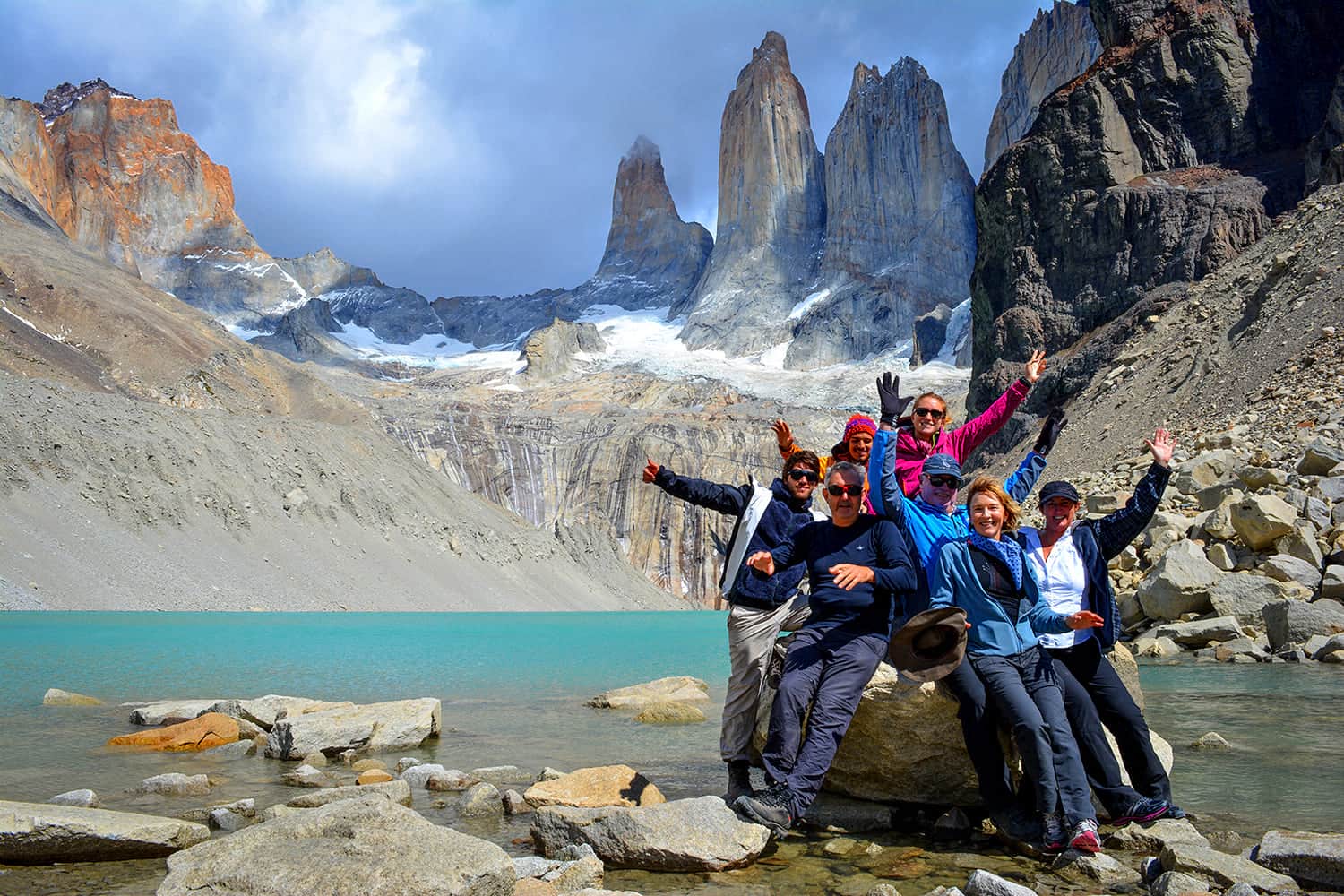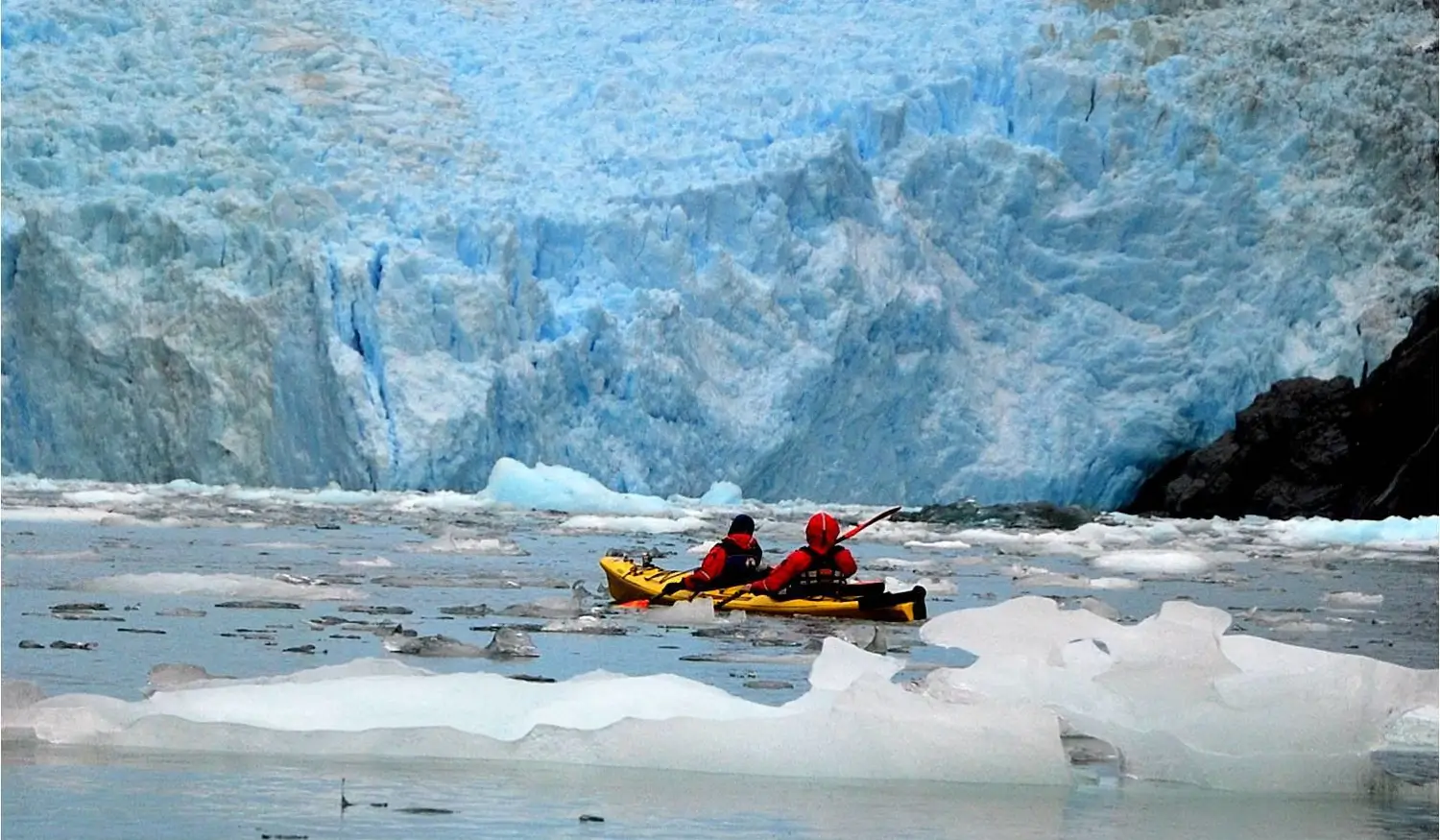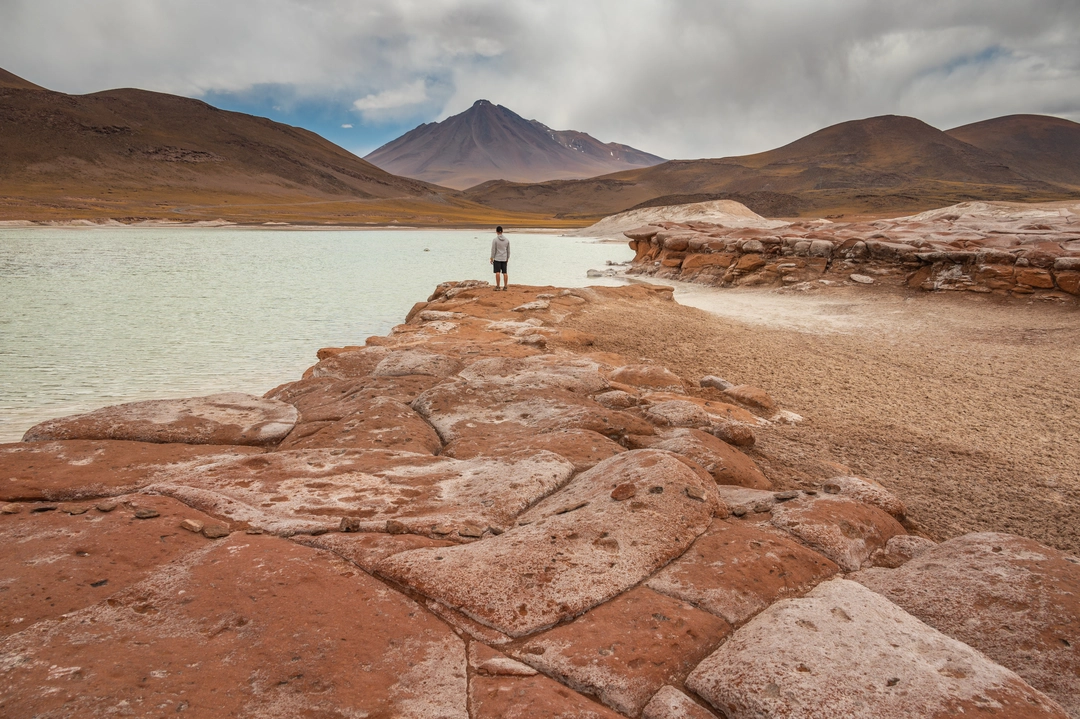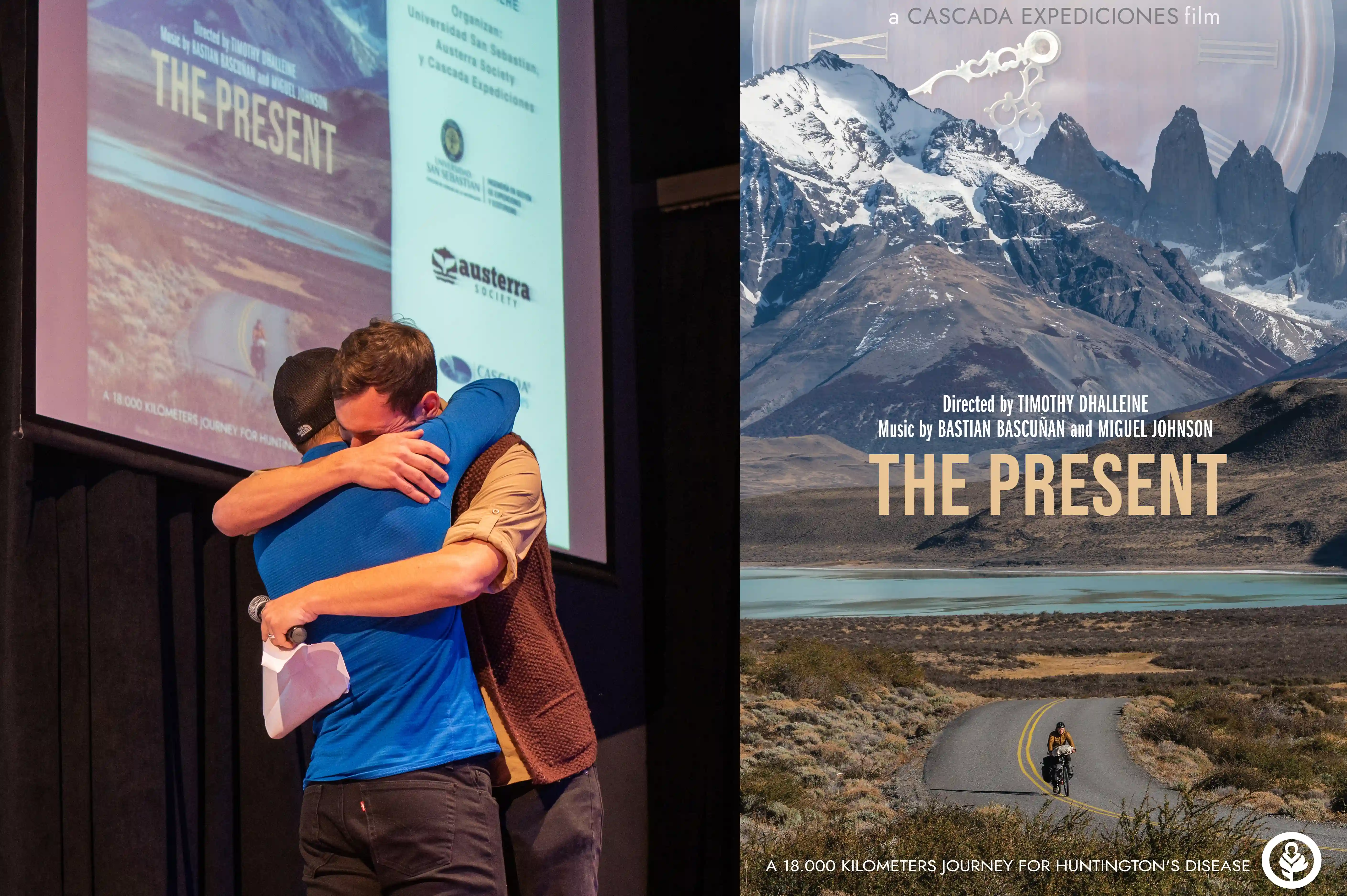Looking for the most complete information on the W Trek in Patagonia, the most famous multiday hike in Chile? You’ve found the right place!
SUMMARY
1. Where is the W Trek located?
2. When is the best time to hike the W Trek?
3. Where to stay on the W Trek?
4. How difficult is the W Trek?
5. What should I pack for the W Trek?
6. How long does it take to hike the W Trek?
7. What are the highlights of the W Trek?
8. Should I do the W Trek with a guide?
9. W Trek VS O Trek : Which should I choose?
The W Trek in Torres del Paine is undoubtedly one of the best treks in Patagonia. This “W” shaped hiking trail highlights the best of Torres del Paine National Park, including Grey glacier, the French Valley and the Towers’ Base Viewpoint. Here, you will spend up to 8 hours a day hiking in the wild, but with some of the world’s most stunning viewpoints, there is no way you’ll get bored.
And while the surreal beauty of Torres del Paine made it a popular destination amongst hikers (and non-hikers!) Patagonia's finest national park still offers plenty of opportunities to disconnect from civilization and reconnect with wilderness, in landscapes more dramatic than Mordor and Westeros combined.
.jpg?width=2048&name=48449554592_2b21f8035d_k%20(1).jpg)
Yet more and more travelers suffer a lack of preparation that can potentially ruin the experience. It is not (so) unusual to see hikers going up the mountain wearing a blue jean, or people with only a T-Shirt to protect themselves in a snowstorm. And because we don’t want anything like it to happen, we designed the most complete article to answer your most common questions, so you have a blast on your W Trek!
Ready for a hike of a lifetime?
1. Where is the W Trek located?
The trails of the W Trek are located in Torres del Paine National Park in Chilean Patagonia. The park – an area of 1,814 km2 (700 sq.mi.) - encompasses blue lakes, glaciers, lakes and rivers in the Magallanes Region. It is the southernmost region in Chile, which means the trip to get there is rather long.
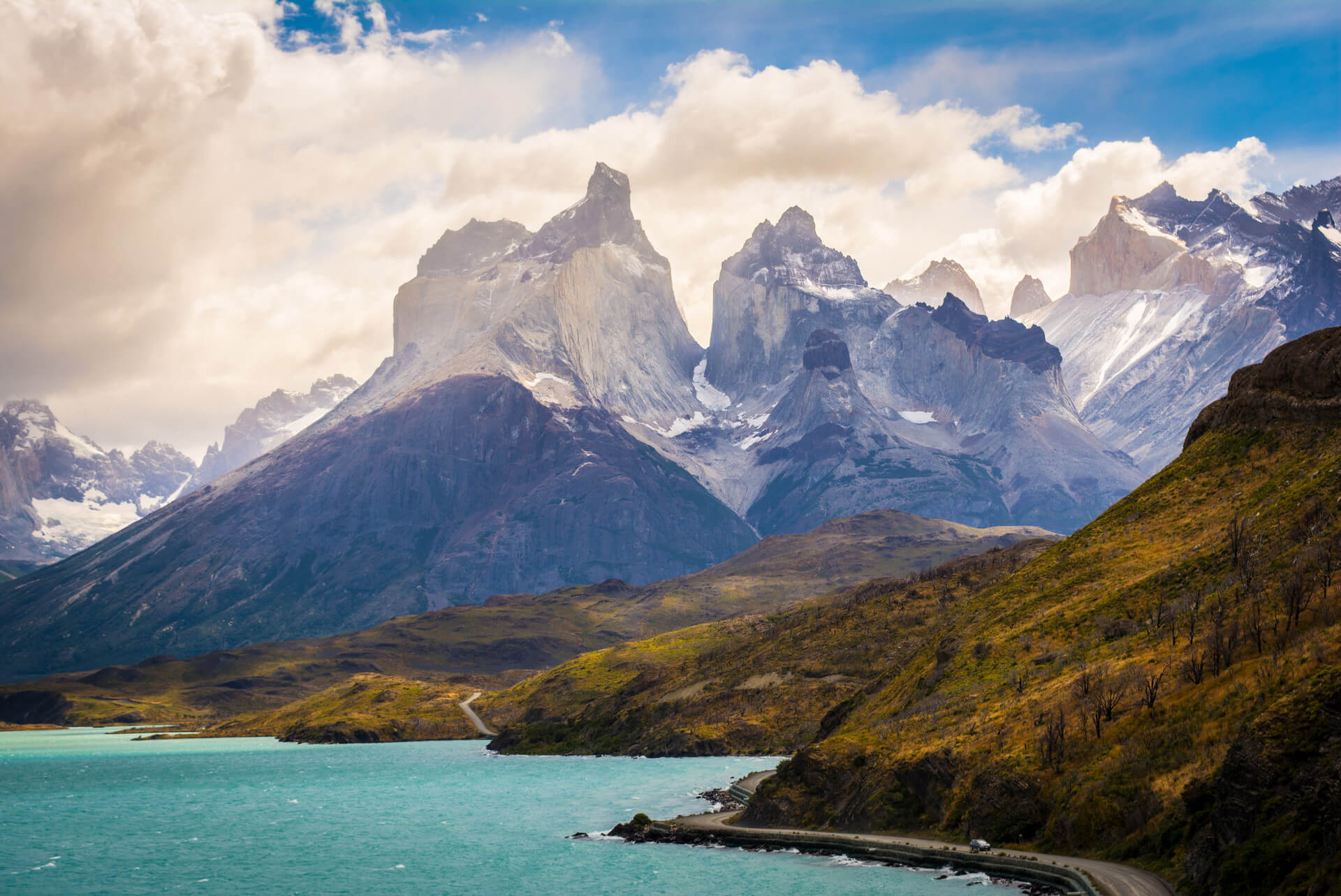
Now, how do I get there?
Good question! The trip to get to Torres del Paine is indeed long, but connectivity has improved a lot within the last few years. Most travelers fly from Santiago de Chile to Punta Arenas, a 3-hour flight. From there it’s a 5-hour drive to reach Torres del Paine. There is also the option to fly to Puerto Natales, from which you will only need a 2-hour drive, but this option is mainly available in high season (November to March).
If you come from El Calafate in Argentina, you can cross the border by driving through Cerro Castillo or Paso Dorotea (near Puerto Natales), an overall 4 to 5-hour trip.
2. When is the best time to do the W Trek?
The best time to visit Torres del Paine is incredibly hard to define. The region’s notorious weather can change in the blink of an eye and each season has its advantage and drawbacks. With that in mind, it is useful to understand the meaning of “season” here.
Peak season goes from December to February, with the greatest amount of tourists on the trails. The viewpoints are more crowded which can impact the experience negatively, but it’s also a great time to socialize with longer days (there are up to 17 hours of daylight in summer). It is also more expensive and hotels and refuges tend to be (very) busy.
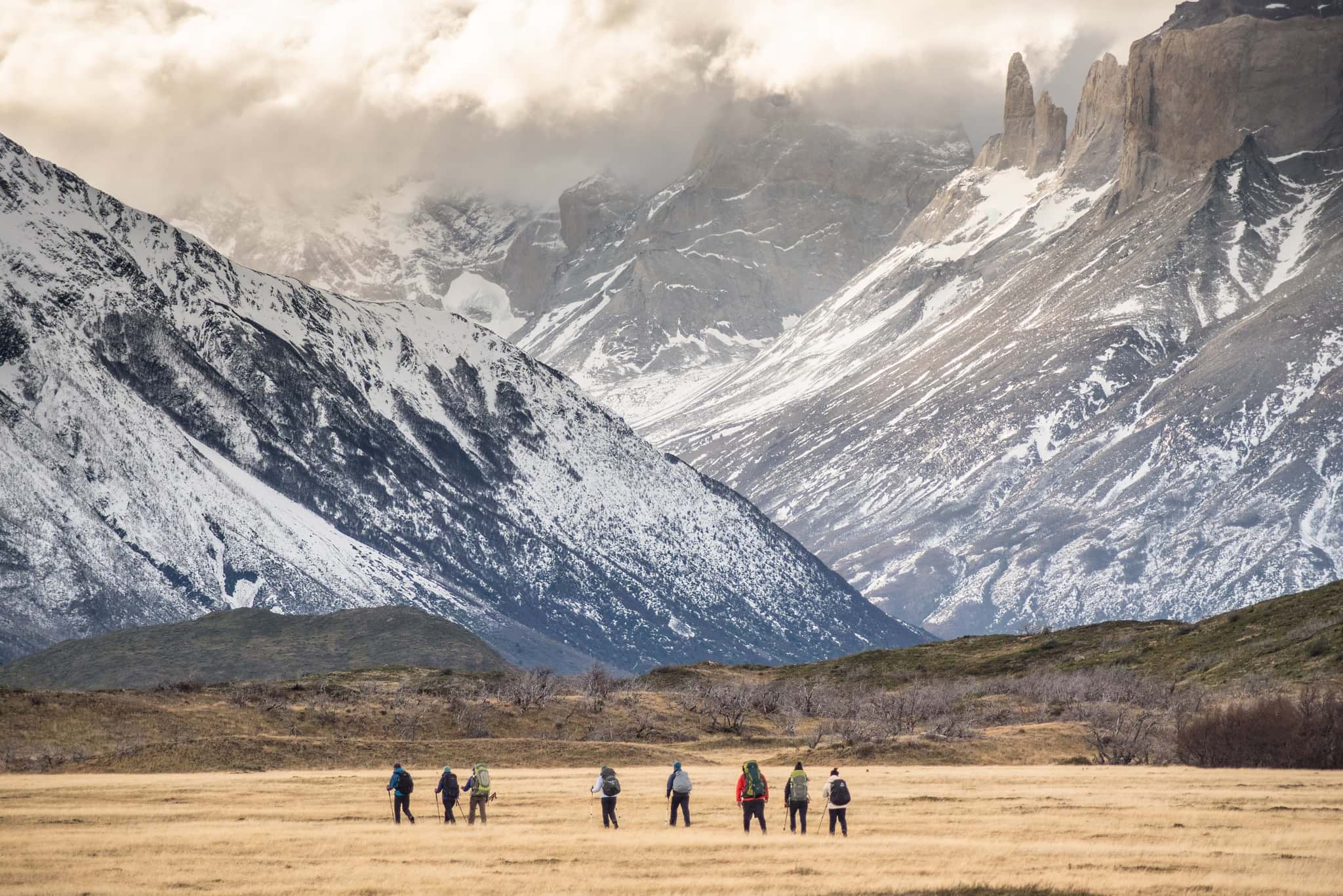
November and March are still relatively busy and considered high season. As for the low season, it includes the months of September, October, April and May. Most hotels - like EcoCamp - are still open and you will find tranquility on the trails. Off-Season (late May to August) is Winter, with most hotels closed but there is still the option to do a Winter W Trek, if you’re looking for the wildest experience in Patagonia.
As for the weather, there is not one truth but a few trends. Summer is the warmest time of the year with the least precipitations, but has the strongest winds (winds of up to 150km/h / 95mi/h are usual). Autumn (April/May) is fresh but also incredibly colorful, with less wind and less crowds. Same for the months of September and October (late Winter/early Spring), where you’ll also get more wildlife sighting opportunities.
Check out our article featuring the details on the best time to visit Torres del Paine to be fully informed!
3. Where to stay on the W Trek?
The coziest way to experience the W Trek is to stay in a hotel in the national park, and we can only recommend EcoCamp Patagonia, the world’s first geodesic dome hotel. Here, you’ll spend the night in a dome with a view of the spectacular granite spires that gave the national park its name. You’ll also socialize with fellow travelers in the community domes and minimize your impact on the area as EcoCamp is a sustainable hotel.
.jpg?width=860&name=49305888691_16782575ba_k%20(1).jpg)
However, you can’t spend every night in a hotel on the W Trek. Luckily, there are some nice places to stay along the way, namely campsites and refuges. Both options are in the same spots (for every refuge, there is a campsite nearby).
Refuges – locally called “refugios” – are basically mountain huts, but in Torres del Paine they are more like guest houses. They are rustic in a certain way yet they offer plenty of comfort with warm beds and nice communal areas, where you can buy dinner (a good one) and relax near the wood stove. Accommodation is in shared dorms, but there is the possibility to upgrade to private alternatives. There are five refuges/campsites on the W Trek: Grey, Paine Grande, Frances, Cuernos and Central.
Take a look at our post that features everything you need to know about refugios.
4. How difficult is the W Trek?
The W Trek is not a difficult or technical trek. Hiking the W Trek doesn’t require you to be a pro, but some hiking experience is highly recommended. Compared to lots of other hiking destinations in South America – especially in the Andes mountains – Patagonia is low altitude.
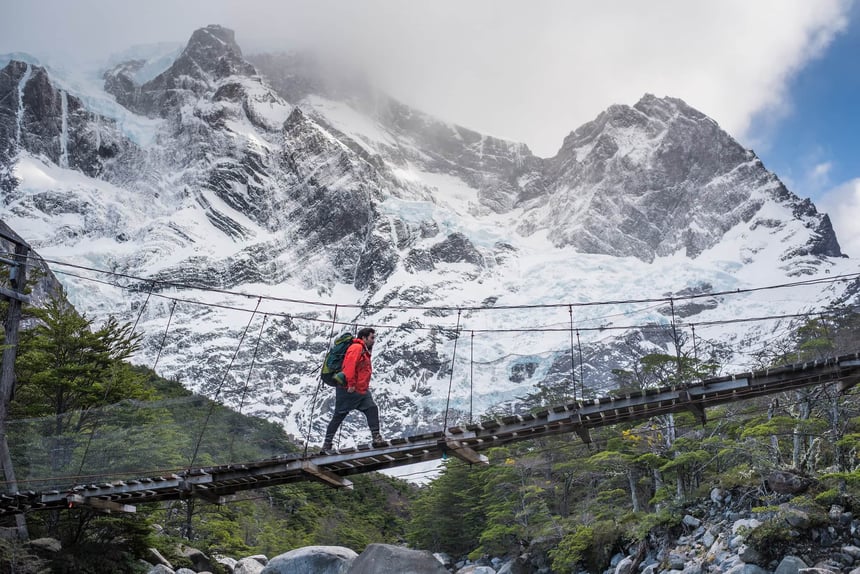
The highest point of the W Trek is the towers’ base viewpoint, at 850m.a.s.l (2788 ft). However, some days are long with lots of walking up, especially the French Valley and the Towers’ Base. Both these hikes require an 8-hour walk (round trip), so you should be used to hiking an entire day. Endurance and stamina matter a lot, even though it is easier than the full Torres del Paine Circuit (“O Trek”), designed for the most adventurous.
Read our post about training for the W Trek for the optimum preparation.
And don’t forget that the weather is a key aspect when it comes to the difficulty level of the W Trek, which is why you need to be prepared with the right gear.
5. What should I pack for the W Trek?
Note: if you hike the W Trek with Cascada Expediciones you will be provided with much of the food and equipment that independent hikers must bring for themselves. If you’re an independent hiker, check out this post.
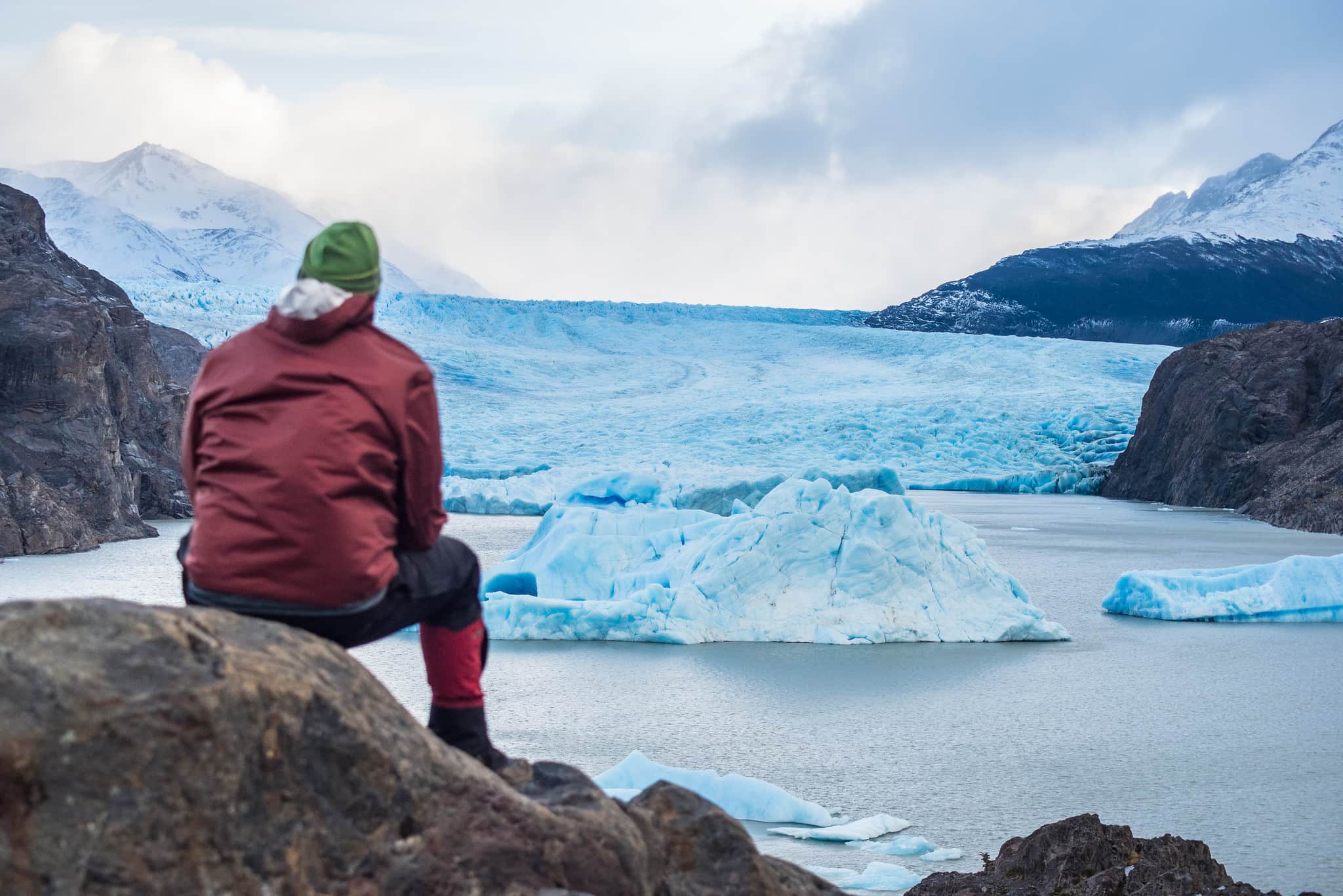
You should always follow the rule of the 3 layers. The weather is unpredictable so you must be able to remove or add a layer as quickly as the weather changes.
Base Layer: must keep you covered and ensure that perspiration is drawn away from the body.
Mid Layer: must retain the body heat you generate (also called insulating layer). A fleece jacket or medium weight sweater is ideal.
Outer Layer: must protect you from the elements, especially the wind and the rain. A lightweight waterproof layer is always a good idea.
It’s true you should “pack for four seasons”, but consider packing as light as possible. Do not overpack. Hiking poles are highly recommended to protect your knees, and so is sun protection (of at least 30SPF) as the sun can be incredibly powerful here in the south.
Bring a good backpack (between 50 to 80 liters), hopefully a waterproof one. And consider bringing at least one dry bag. Here, the cocktail “wind & rain” can have you soaked within minutes.
If you want to pack like a pro, check out our video below and read our post “What Gear Should You Bring to Patagonia”
6. How long does it take to hike the W Trek?
The full W Trek typically includes 5 days hiking with a total distance of 76km/47mi.
Our 7-Day W Trek includes 2 days of traveling to/from EcoCamp and 5 days hiking. This is the complete W Trek that also features one day of easy hiking and leisurely car journey towards Laguna Azul, on the eastern side of the park. It’s always great to consider an additional day to enjoy the panoramic views of the mountain range which you can’t get on the W Trek!
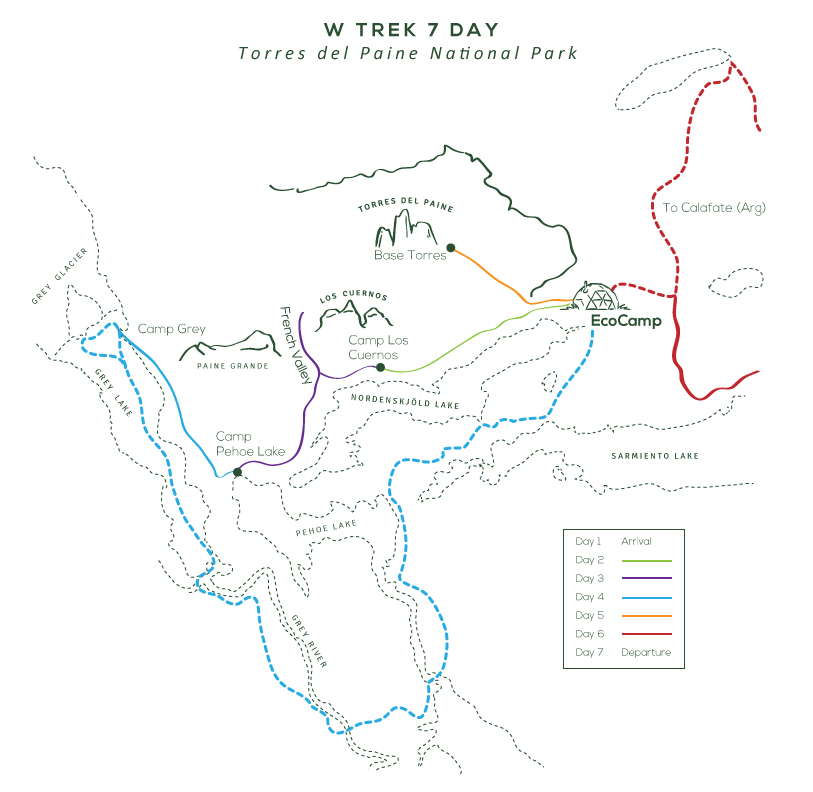
But the W Trek can also be completed within 3 full days hiking. We offer a shorter 5-Day W Trek that focuses on the highlights of the W (Grey Glacier/French Valley/Towers Base), with a distance of 60km/37mi.
Check out the differences between the 5-Day and the 7-Day W Trek.
EcoCamp Patagonia - Torres del Paine W Trek Comparison Chart
7 DAY W TREK |
5 DAY W TREK |
|
Length |
7 Days ( 5 days trekking + 2 days travel) | 5 Days ( 3 days trekking + 2 days travel) |
Accommodation |
|
|
Excursions |
|
|
Trekking Map |
7 day W Trek (76km/47mi) | 5 day W Trek (60km/37mi) |
Physical level |
Demanding | Demanding |
Start date |
Monday | Sunday |
Season Dates |
From October to April | From October to April |
Book Cascada tour |
7 Day W Trek | 5 Day w trek |
7. What are the highlights of the W Trek?
The W Trek takes hikers past some of the best sights in Chilean Patagonia. The most famous highlight is the towers’ base, a 22km/13mi demanding hike through a lush green valley with the most rewarding views of the three granite towers that gave the national park its name. But the other highlights are just as beautiful.
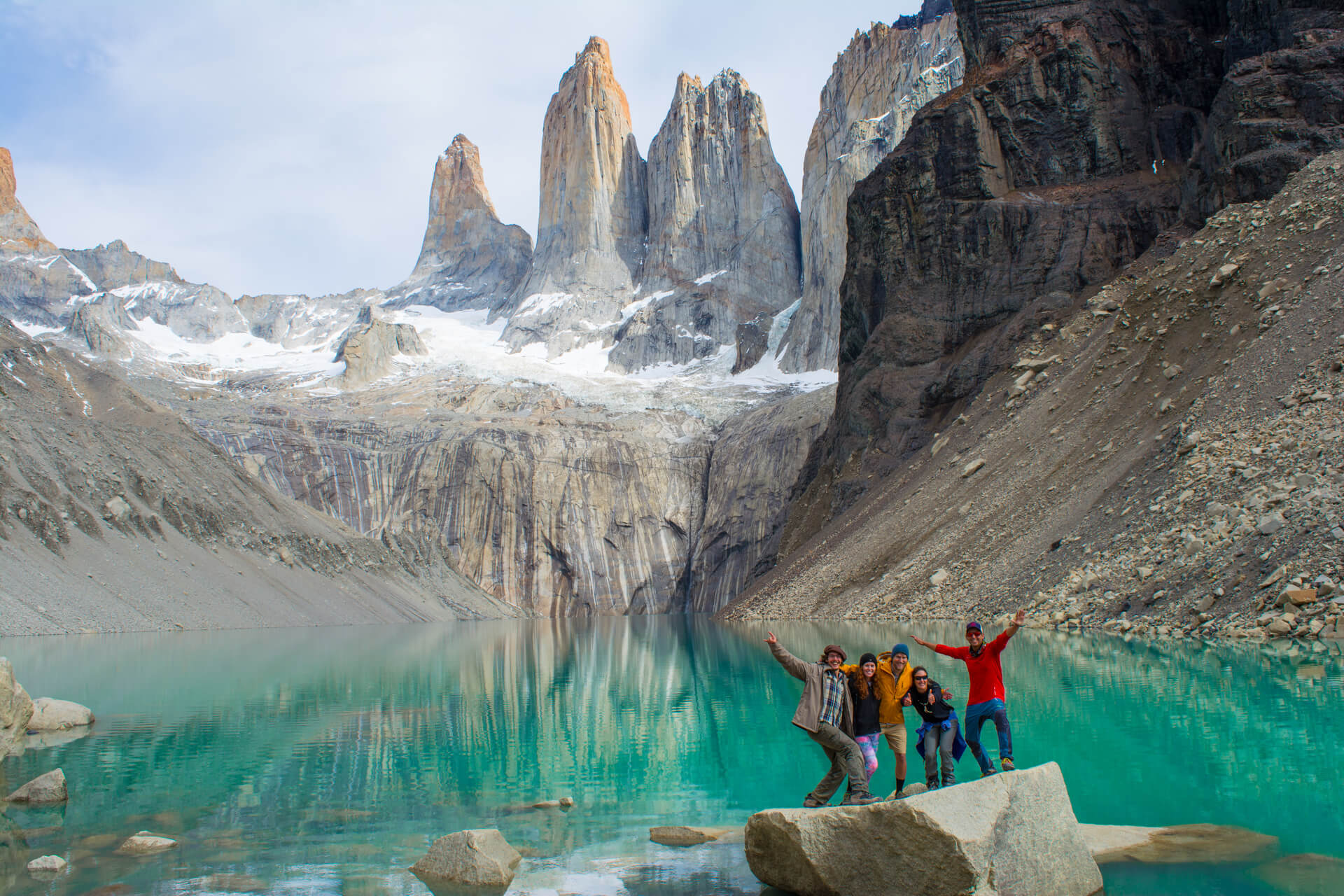
The hike through French Valley offers a stunning view of a hanging glacier that comes straight from Paine Grande, the highest peak in the region (3050m.a.s.l / 10.000ft). A cool spot to witness some tremendous avalanches. There are also some mesmerizing views of the Horns (“Los Cuernos”) on the way, the other impressive spires that made the park so famous.
Grey Glacier is another highlight. This fast retreating glacier is still massive enough to impress every traveler. A full-day hike will take you to a panoramic view of the glacier walls, but the best way to see Grey glacier is by boat, while opting for the navigation (this option is included in our programs). This 3-hour boat trip will take you to the 3 faces of the glacier, which is impossible by foot.
Finally, a stay at EcoCamp Patagonia is also a highlight, for a sustainable rest in a geodesic dome and the opportunity to have fun with fellow travelers in a gorgeous place.
8. Should I do the W Trek with a guide?
While it is possible to opt for a self-guided W Trek, we highly recommend to book a guided tour. Though the W Trek is not a difficult trek, a guide will improve the experience while showing you some hidden gems of Torres del Paine. Whenever it has to do with geology, wildlife or history, Torres del Paine is a fantastic place to study and a guide will provide you with all this amazing information.
.jpg?width=2048&name=47105939174_b978efbfe1_k%20(1).jpg)
Also, a guided W Trek is more comfortable. A tour with Cascada means you’ll have to carry less weight (we’ll help you with some kilos), you won’t have to concern for the logistics, you’ll get some delicious food and you’ll get the security of an experienced guide.
Finally, booking a W Trek with Cascada will have you stay at least 3 nights in a cozy dome at EcoCamp and if you choose to stay in campsites, you won’t have to bother setting up your tent: we’ll do it for you!
9. W Trek VS O Trek : Which should I choose?
You might not be familiar with the other famous trek in the national park, the Torres del Paine circuit – also called “O Trek”. The O Trek is a 360° of the Torres del Paine mountain range, with some epic views of the ice fields and landscapes that stay with you forever (see picture below). It actually includes the hikes of the W Trek.
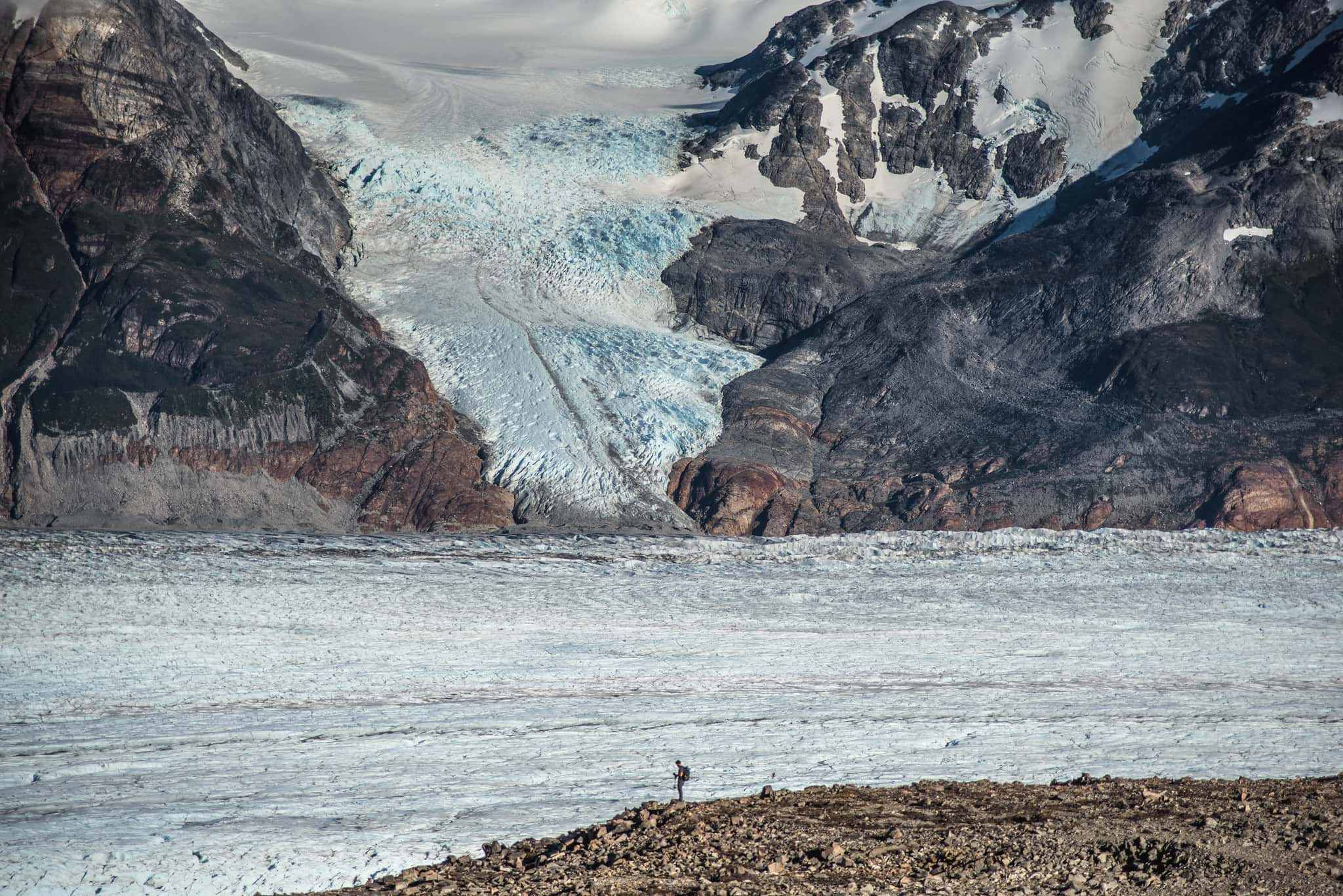
The main difference between both treks is the duration. The Paine Circuit is a 9-Day program (a 7-day hike) while the W Trek can be completed within 5 days. Also, the O Trek is more challenging than the W Trek.
Total distance is 140km/86mi for the O Trek VS 76km/47mi for the 7-Day W Trek.
The O Trek includes two days with up to 10 hours of demanding hiking whereas the most demanding hikes of the W Trek take no more than 8 hours. And while you will have no option but to stay in campsites on the O Trek, the W Trek offers the possibility to stay in a warm bed every night.
Conclusion: The O Trek is a good choice for the most experienced, adventurous hikers. The W Trek is the perfect alternative if you are not a pro hiker, with less time to spend in the park.
10. How to book the W Trek?
You can book your W Trek in Patagonia with Cascada through our homepage, while opting for the 5-Day or the 7-Day program.
You can also contact us so we can organize the W Trek you’re looking for!
